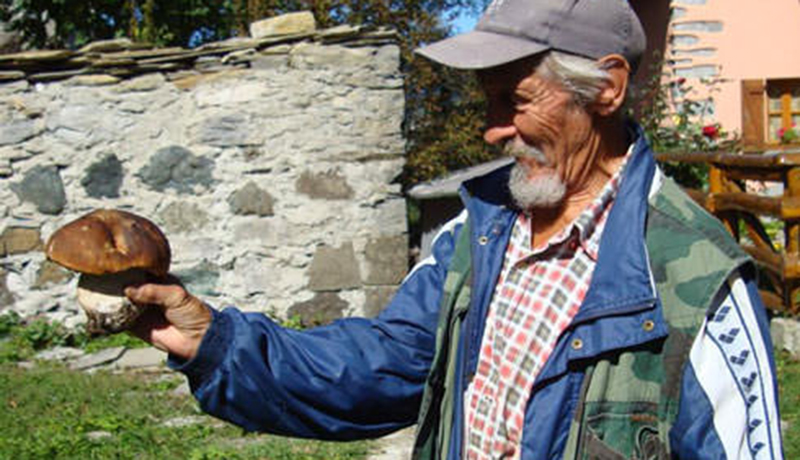
A new pilot program through the USDA’s People’s Garden initiative will help schools teach students about gardening and nutritious eating.
Public schools and nonprofit organizations have until Nov. 8, 2010, to apply for grants from the USDA’s new People’s Garden School Pilot Program.
The $1 million pilot program was established to develop and run community gardens at eligible high-poverty schools; teach students involved in the gardens about agriculture production practices, diet and nutrition; and evaluate the learning outcomes. It’s authorized under the Richard B. Russell National School Lunch Act. A cooperative agreement will be awarded to implement a program in up to five states. To be eligible as project sites, schools must have 50 percent or more students qualifying for free or reduced-price school meals.
“Grass-roots community gardens and agriculture programs have great promise for teaching our kids about food production and nutrition at the local level,” says U.S. Secretary of Agriculture Tom Vilsack. “Learning where food comes from and what fresh foods taste like, and the pride of growing and serving vegetables and fruits that grew through your own effort, are life-changing experiences. All of us at USDA are proud to make this possible.”
Part of a broad USDA effort to provide children with access to a nutritious and safe diet, this initiative also aims to influence healthier choices for all American households. Produce raised in the gardens can be used in the schools’ meals and by student households, local food banks or senior-center nutrition programs.
Through this pilot program, the USDA Food and Nutrition Service seeks to identify models of successful school-garden initiatives, which then can be marketed to the educational community for inspiration, ideas and replication.
Improving USDA’s child nutrition programs is a top priority of the Obama administration. Congress is currently considering legislation to bolster the Child Nutrition Act, which authorizes the National School Lunch, School Breakfast and Summer Food Service programs. These nutrition programs serve nearly 32 million children each school day.
Improving the Child Nutrition Act is the legislative centerpiece of First Lady Michelle Obama’s Let’s Move! campaign and was highlighted in the White House report Solving the Problem of Childhood Obesity Within a Generation, released on May 11, 2010. By passing strong reauthorization legislation, the administration hopes to reduce hunger, promote food access, and improve the overall health and nutrition of children across the country.
Request grant applications from the USDA’s Food and Nutrition Service. You may submit applications by email or at Grants.gov.













